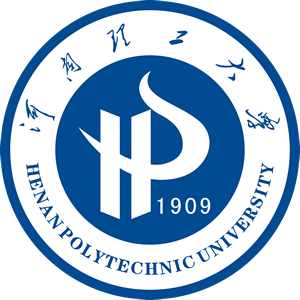
地址: 河南省焦作市高新区世纪路2001号[454000] Tel: 0391-3987069 E-mail: zkxb@hpu.edu.cn,skxb@hpu.edu.cn |

请您访问
|

社会科学版
|
| 供稿: 李国政 | 时间: 2019-04-19 | 次数: |
作者:李国政
作者单位:郑州轻工业学院经济与管理学院
摘要:新中国成立后西藏矿业的开发大致经历了和平解放后的初步发展、民主改革后的加速发展、改革开放后的转轨与探索、新时期的转型与深化发展四个阶段,每个历史阶段都有不同的发展重点与特征。从不同历史阶段来看,西藏矿业开发过程中一直存在着经济效益差、管理水平低、生态压力大、勘查程度低、发展战略不科学等问题。针对西藏矿业开发的成就与不足,文章总结其历史经验并反思发展教训,对西藏特色矿业发展道路的形成具有重要借鉴意义。
DOI:10.16698/j.hpu(social.sciences).1673-9779.2019.02.007
分类号:F426.1
Abstract:Mining industry in Tibet has experienced four stages since the founding of New China: preliminary development after the peaceful liberation, rapid development after Democratic Reform, transition and exploration after the Reform and Opening-up, and transformation and further development in the new period. Each stage has different focuses and characteristics. Looking at different historical stages, there are some problems with the mining industry in Tibet such as poor economic performance, low management level, high ecological pressure, low degree of investigation, and unscientific development strategy. It is significant to summarize achievements and shortcomings of mining industry in Tibet and reflect on its historic experiences and lessons, forming a development path for mining industry with Tibetan characteristics.